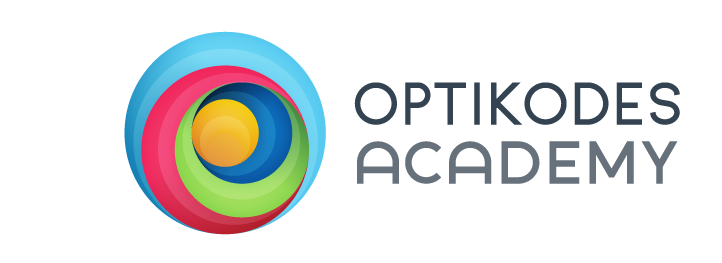As a Learning Specialist, school placement frequently comes up as an important issue with the families in my practice. When a child is falling behind and is showing clear signs of resistance to going to school, it is time to consider whether the fit between the child and their current school is right.
As stressful as considering changing schools can be, there are real guidelines that can help determine if a new school placement is necessary. In my work, I guide parents through a decision funnel that looks at 5 important factors. If more than two factors are present, a school change is possibly needed. If three or more factors are present, a school change should be made if at all possible. The factors I use are:
- A child is a non-traditional learner 'as defined by their OptiKode' and is struggling
- A child has learning disabilities that can not be supported with an IEP at school
- Despite attempted academic interventions, the child's well-being is deteriorating
- There is an intractable power struggle between school staff and the child/family
- The child and family have a sense that another school would ignite a love of learning
Once these factors are considered and a parent sees the need for a school change, the next important consideration is obvious - which school? The good news is that in the surrounding area there are a variety of schools to consider. One is Eagle Peak Montessori in Walnut Creek. Eagle Peak is a free, charter school that does a marvelous job combining the best of the Montessori philosophy while still addressing the California State Standards. Nonetheless, Eagle Peak is not the best fit for a child who has attention deficit or another processing disorder which makes being self-driven and independent difficult. Horizons Home School is another good free public school option which has helped many non-traditional students get the most out of high school. However, Horizons Home School would not be the best fit for a highly social child who needs a great deal of peer interaction to thrive.
Currently I have a family with 6 children, 2 of whom in my mind would do better in an alternative school placement. We are beginning the process now and I suspect that these 2 children will be attending another school before year's end. I know how hard it is to go through this process; thankfully I have not as yet had a 'fail' - a placement that wasn't a good fit, or worse yet, was a disaster. As a former psychotherapist I enjoy attuning to and supporting families as they navigate this tough decision. I also use the individual OptiKodes of each student to find the right school that will ignite each child's love of learning.



